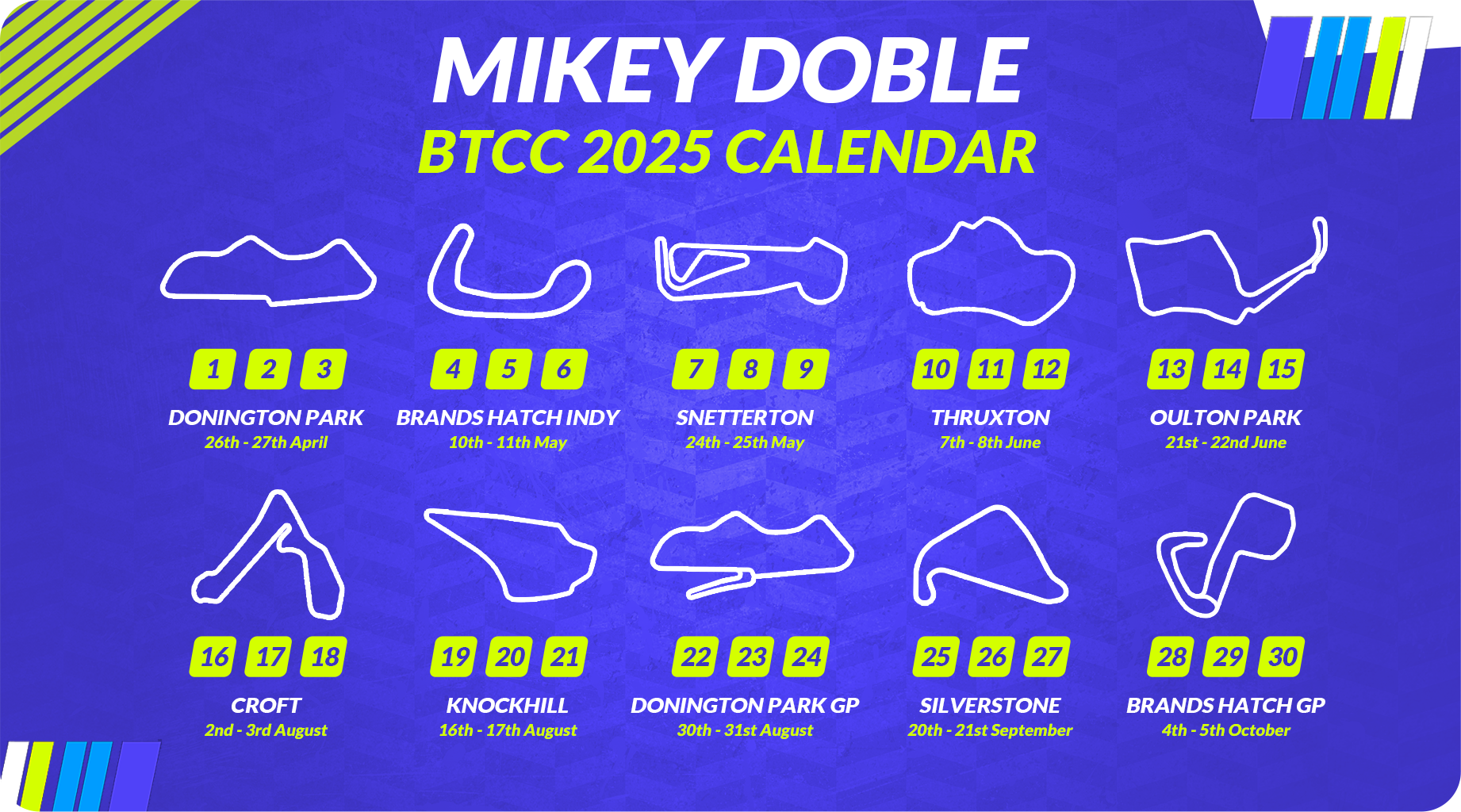Personalisation In Email Marketing: How To Boost Open Rates And Drive Sales
Email marketing remains one of the most effective tools in a marketer's toolkit.
However, as inboxes become increasingly crowded, generic, one-size-fits-all emails often go unnoticed, or worse, end up in the spam folder. If you want your emails to stand out, personalisation is essential. Personalised emails not only help you get noticed but can also boost open rates, enhance customer engagement, and drive more sales.
In this blog post, we’ll explore why personalisation is so important in email marketing and how you can use it to make your campaigns more effective.
Why Personalisation Matters
Personalisation in email marketing goes beyond simply adding a recipient's name to the subject line. It involves tailoring the entire email experience to each individual based on their behaviour, preferences, and past interactions with your brand.
Here’s why personalisation is so crucial:
- Improved User Experience: When emails are relevant to the recipient’s interests and needs, they are more likely to engage with them. If your customers feel like you’re speaking directly to them, they’re more likely to open your emails and take action.
- Higher Open And Click-Through Rates: Personalised emails consistently outperform generic ones. Research shows that emails with personalised subject lines are 26% more likely to be opened. Additionally, emails with personalised content see higher click-through and conversion rates.
- Stronger Customer Relationships: Personalisation helps build trust and loyalty. When customers feel understood and valued, they’re more likely to continue engaging with your brand and make repeat purchases.
- Increased ROI: Email marketing already offers one of the highest returns on investment in digital marketing. Personalisation enhances this by making your emails more relevant and effective, driving more sales and increasing your overall ROI.
How To Personalise Your Email Marketing
So, how can you implement personalisation in your email marketing? Here are some practical strategies to get started:
Segment Your Email List
Segmentation is the first step in personalisation. By dividing your email list into smaller groups based on specific criteria, you can send more targeted and relevant emails.
Common ways to segment your list include:
- Demographics: Age, gender, location, etc.
- Behaviour: Past purchases, website activity, email engagement.
- Interests: Hobbies, lifestyle, preferences.
For example, if you run an online clothing store, you could create segments for men and women and send each group relevant promotions. Or, if you offer a software service, you could segment users based on how they use your product and send them tailored tips and updates.
Use Dynamic Content
Dynamic content allows you to create one email template that displays different content to different recipients based on their data. This is a great way to personalise at scale without having to create multiple versions of your emails.
For example, if you’re an e-commerce brand, you can use dynamic content to recommend products based on what each person has browsed or purchased in the past. This way, every recipient receives an email that feels uniquely tailored to them.
Personalise Subject Lines And Email Content
The subject line is the first thing your recipients see, so it needs to grab their attention. Adding a personal touch—like the recipient’s name or a mention of something they’ve shown interest in—can make a significant difference.
But don’t stop there. The body of your email should also be personalised. For example, if you know someone recently viewed a specific product on your website, mention it in the email and suggest similar items they might like. The more relevant your email is, the more likely they are to click through.
Send Triggered Emails
Triggered emails are automated messages sent in response to specific actions taken by your customers. These emails are highly personalised because they’re based on real-time behaviour.
Examples include:
- Welcome Emails: Sent when someone subscribes to your list.
- Abandoned Cart Emails: Sent when a shopper adds items to their cart but doesn’t complete the purchase.
- Re-Engagement Emails: Sent to subscribers who haven’t interacted with your emails in a while.
Because triggered emails are timely and relevant, they tend to have higher open and engagement rates than regular newsletters.
Gather And Use Customer Data
The more you know about your customers, the better you can personalise your emails. Encourage subscribers to provide information about their preferences—like the type of content they want to receive or how often they want to hear from you.
You can collect this data through sign-up forms, preference centres, or even surveys. Then, use this information to tailor your emails to each person’s interests and needs.
Test And Optimise Your Personalisation Efforts
Like any marketing strategy, personalisation requires ongoing testing and optimisation. A/B testing different elements of your emails—such as subject lines, content, and call-to-action buttons—can help you identify what resonates most with your audience.
Keep an eye on key metrics like open rates, click-through rates, and conversions to assess the effectiveness of your personalisation efforts. Use these insights to refine your approach and continually improve your email marketing performance.
Personalisation Gets Results!
Personalisation in email marketing isn’t just a useful tool —it’s essential. By making your emails more relevant to each individual subscriber, you can increase open rates, build stronger relationships, and ultimately drive more sales.
Start by segmenting your email list, using dynamic content, and personalising your subject lines and email copy. Distribute triggered emails, gather customer data, and continually test and optimise your approach. With these strategies, you’ll be well on your way to creating email campaigns that truly resonate with your audience and deliver results.





